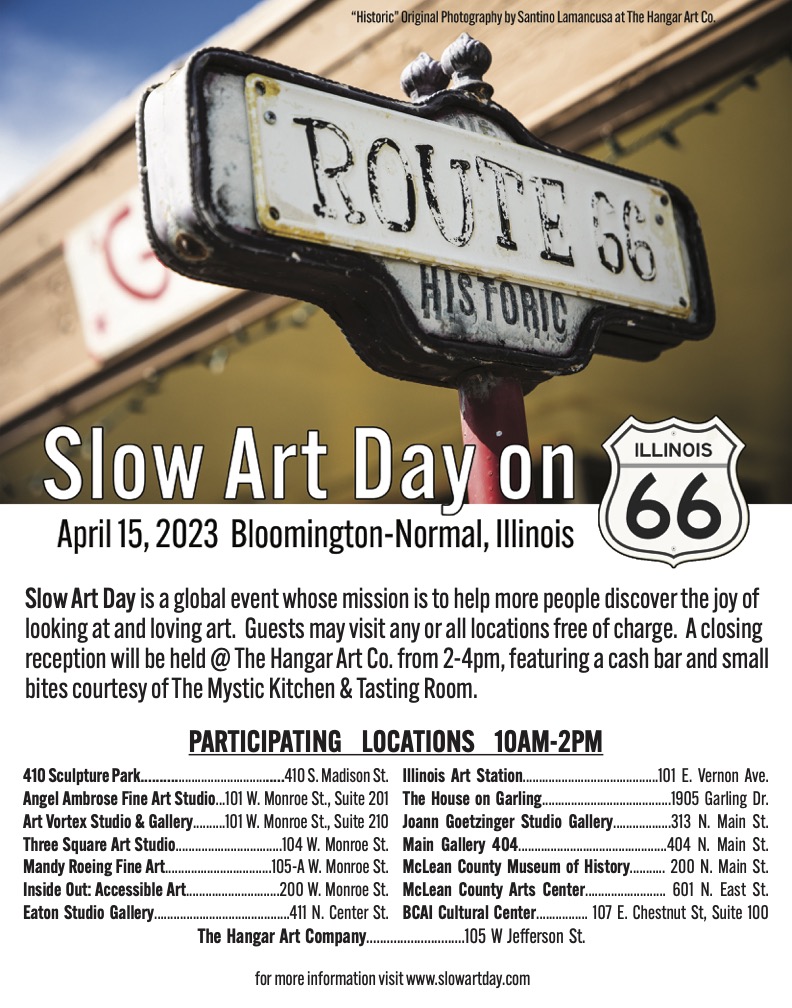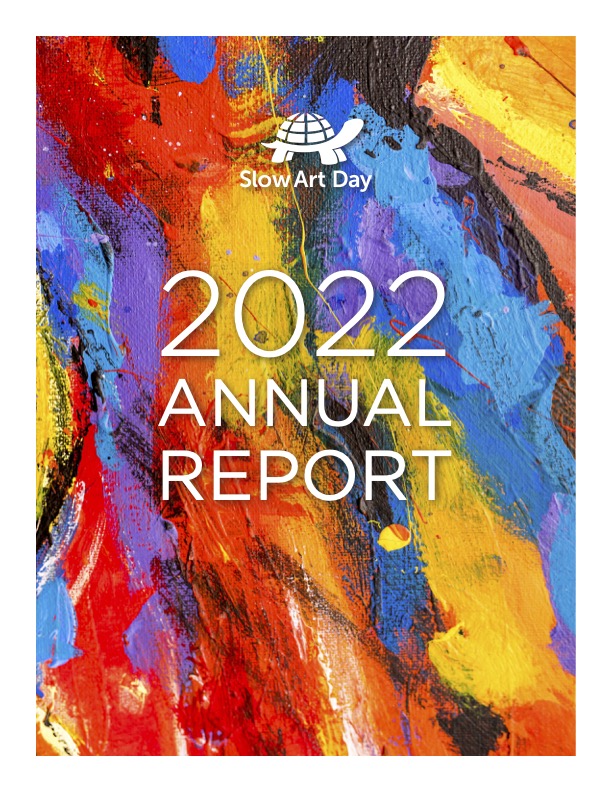Slow Art Day is but 5 days away and more than 175 museums have registered their events, including the SaludArte Collective’s slow looking session at the Museo Reina Sofía in Madrid, and the Fundación La Casa Ambar’s event at the Museum of Contemporary Art in Barcelona (MACBA) – both museums are considered to be leading centers of modern and contemporary art in Spain.
SaludArte – a group of therapists, artists, curators, and pedagogues who understand “art as the key to building social change” – is planning a “leisurely, reflective, and heartfelt visit” focused on five works by Calder, Picasso, Gargallo, and others at the Museo Reina Sofía.
Art history professor, Pedro Grande, who organizes Slow Art visits with his students throughout the year, is hoping to use this Slow Art Day event to inspire more art teachers to run slow looking sessions with their students.
Meanwhile, the Fundación La Casa Ambar will be slowing down at MACBA and looking at five artists: Ignasi Aballí, Antoni Tàpies, Elena del Rivero, Mona Hatoum from the exhibition “Prelude” Poetic Intention, and “Dialogues of Light” by the Catalan artist, Josep Grau-Garriga.
Inspired by the Talmud – “We do not see things as they are, but as we are” – they will be leading an attentive look at “feeling around art works”, curated, and guided by gestalt therapists.
Wherever you are in the world – from Madrid, Melbourne, and Miami, to Barcelona, Beijing, or Berlin – we hope you have a GOOD and Slow Art Day 2023.
Best,
Phyl and the Slow Art Day team
P.S. Remember to register your Slow Art Day with us so our volunteer team can write-up a report and feature you in our Annual Report, which has become the Bible of the slow looking movement.
P.P.S. If you need any of the host tools – logo for use in your print or digital efforts, and all of the past reports with their many tools, tips, and inspiring approaches – then go to the host tools section of our Slow Art Day website.


